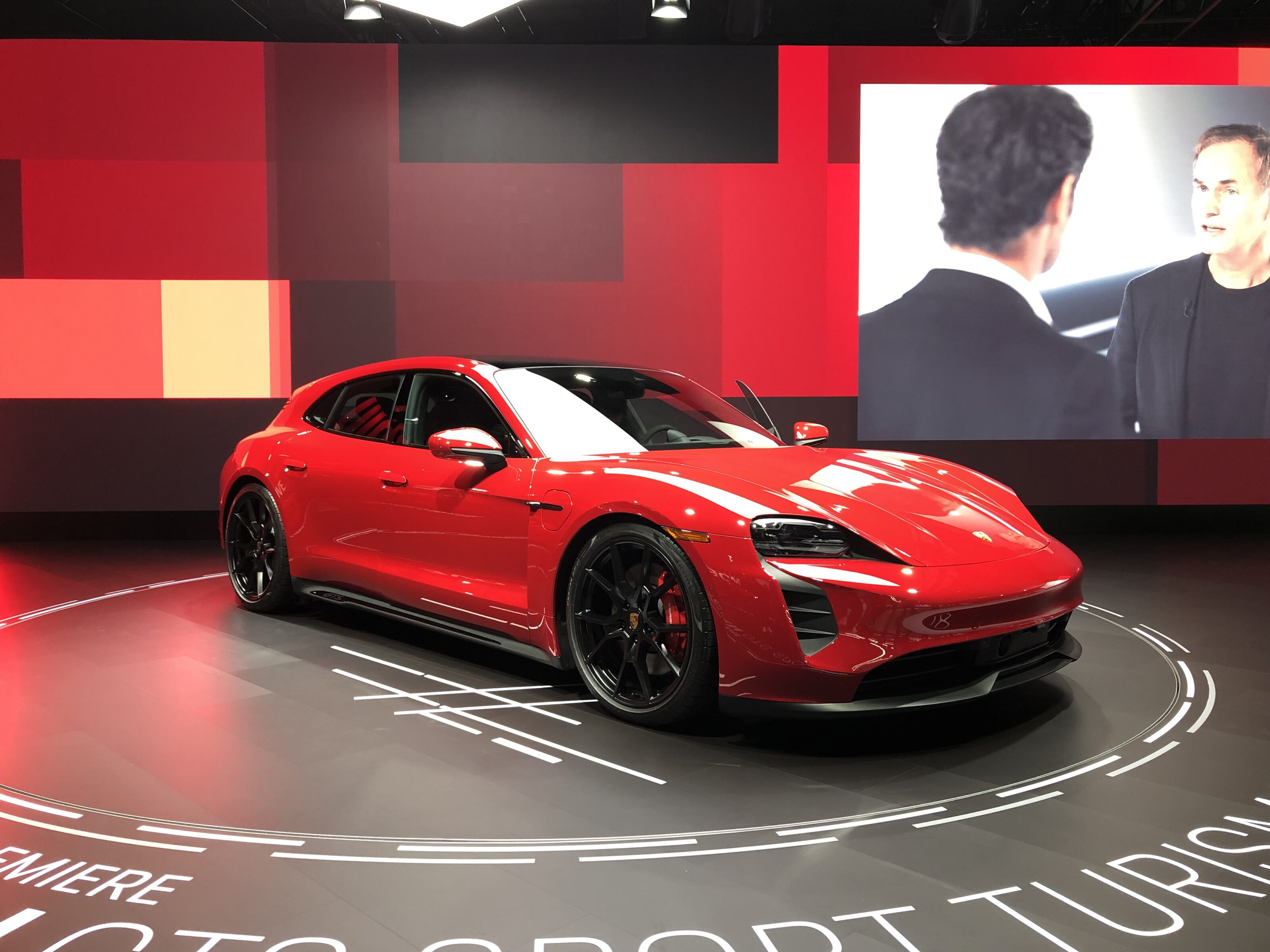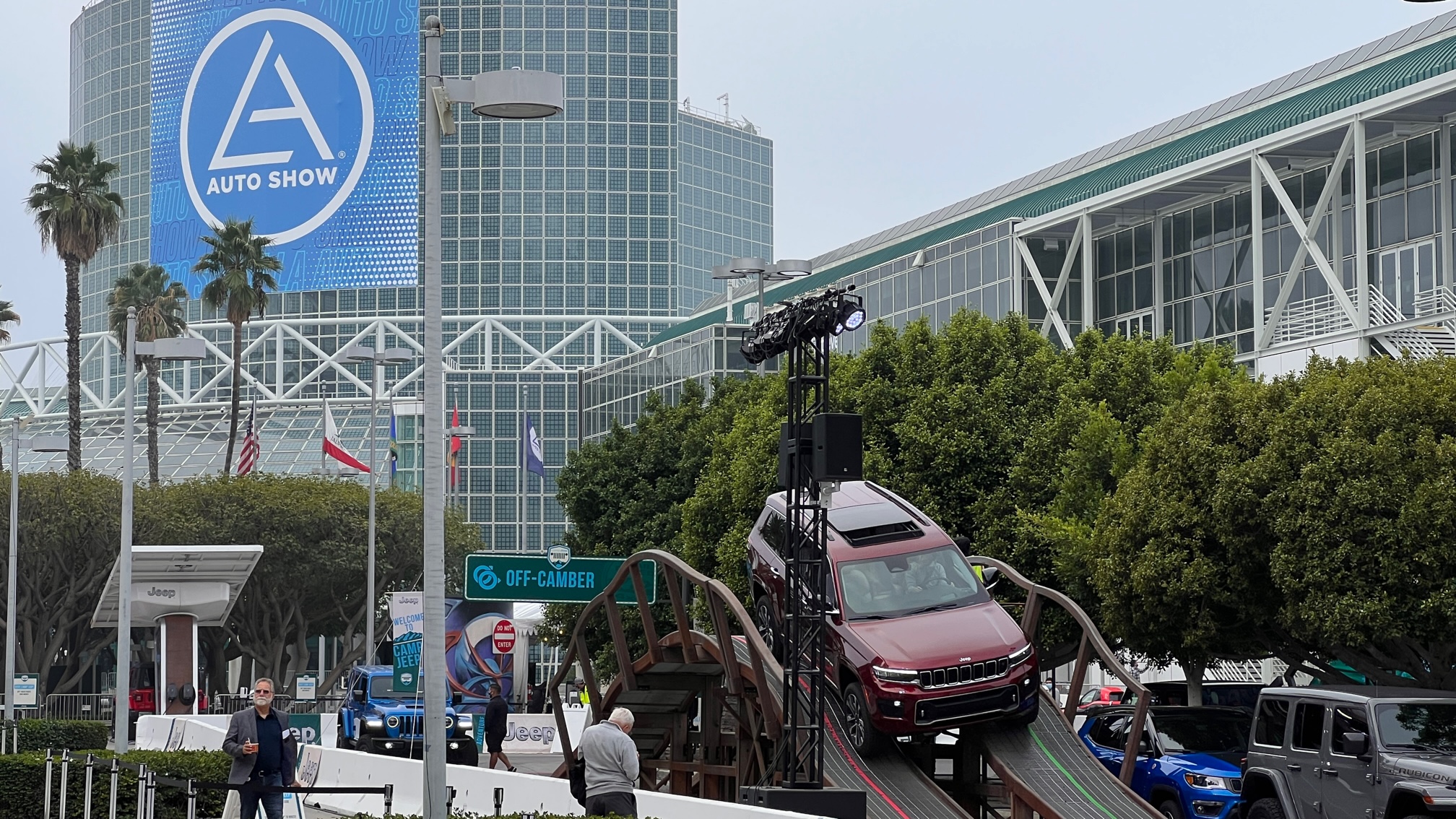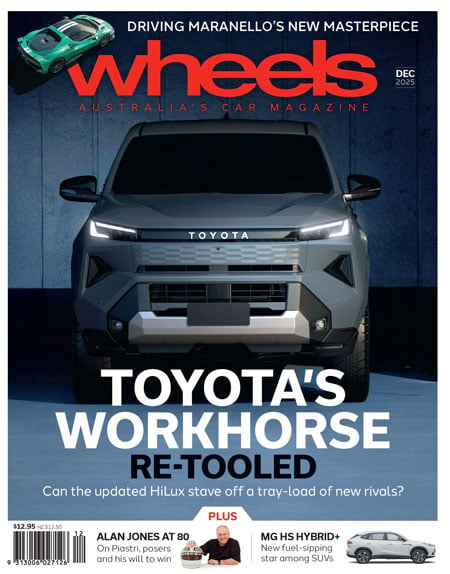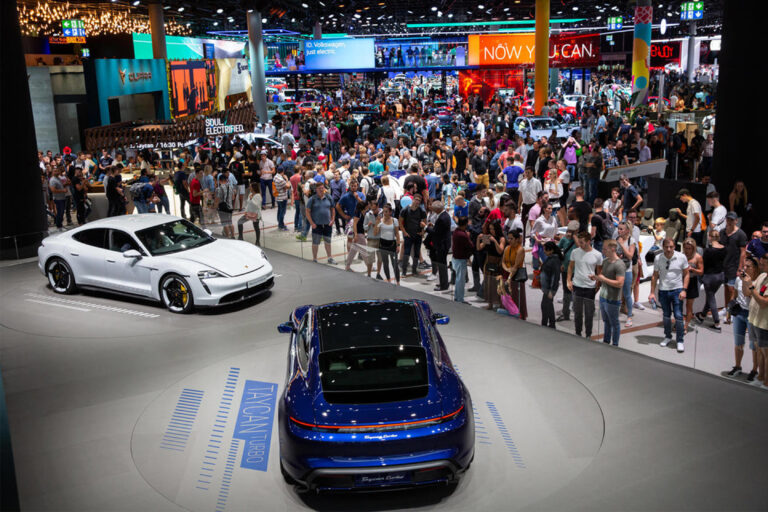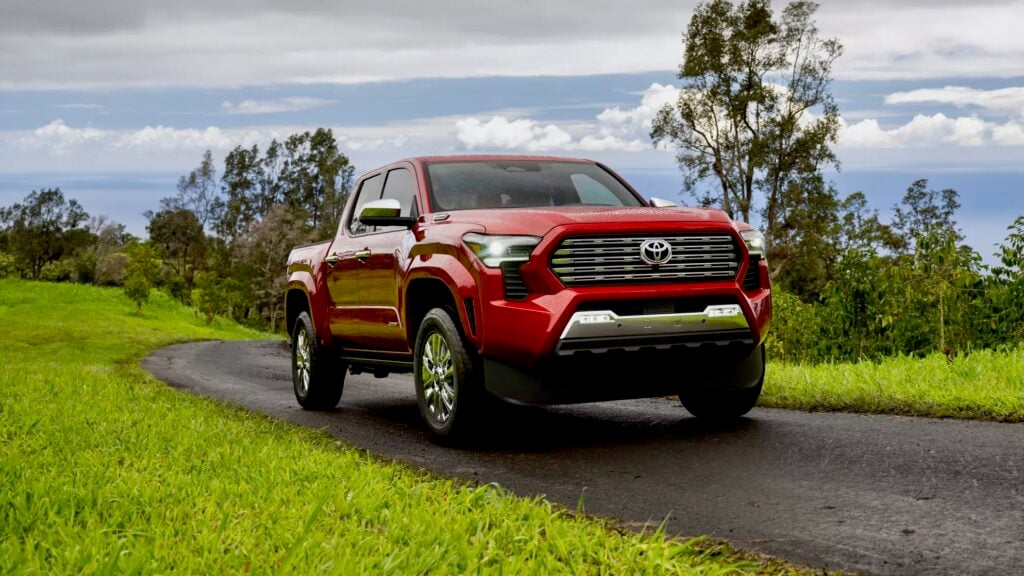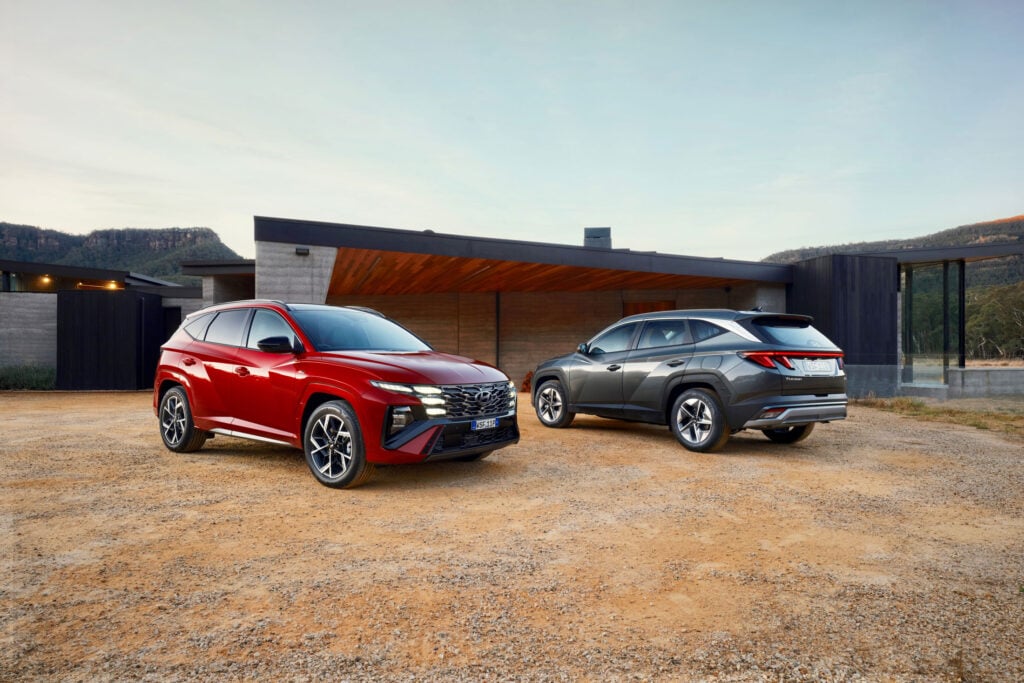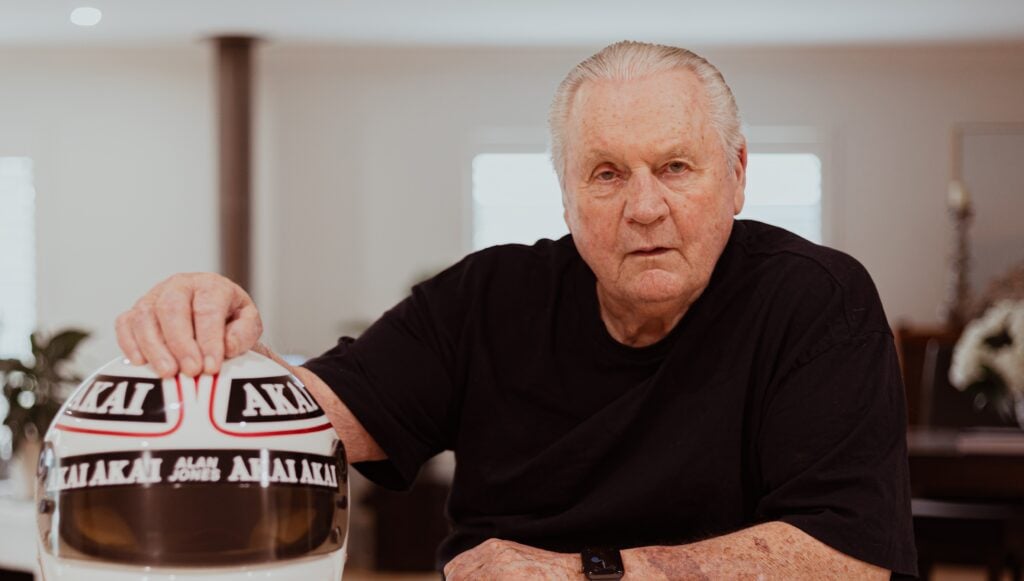Brian Makse, on the ground in Los Angeles
After much too long of a wait, car shows are back – and this year’s Los Angeles Auto Show is a fitting restart for the show circuit. If any place around the world is defined by car culture, it’s LA.
Southern California is host to several design studios and specialists like Singer Vehicle Design and Guntherwerks, which are successful due to the depth and breadth of automotive talent in the region.
No matter your interest, every corner of car culture is represented here and it’s the only place in the world with weekly Cars & Coffees pulling several blue chip cars from local collections. As the song says, nobody walks in LA and if you love driving, SoCal has it all – coastal routes along the Pacific and legendary canyon roads.
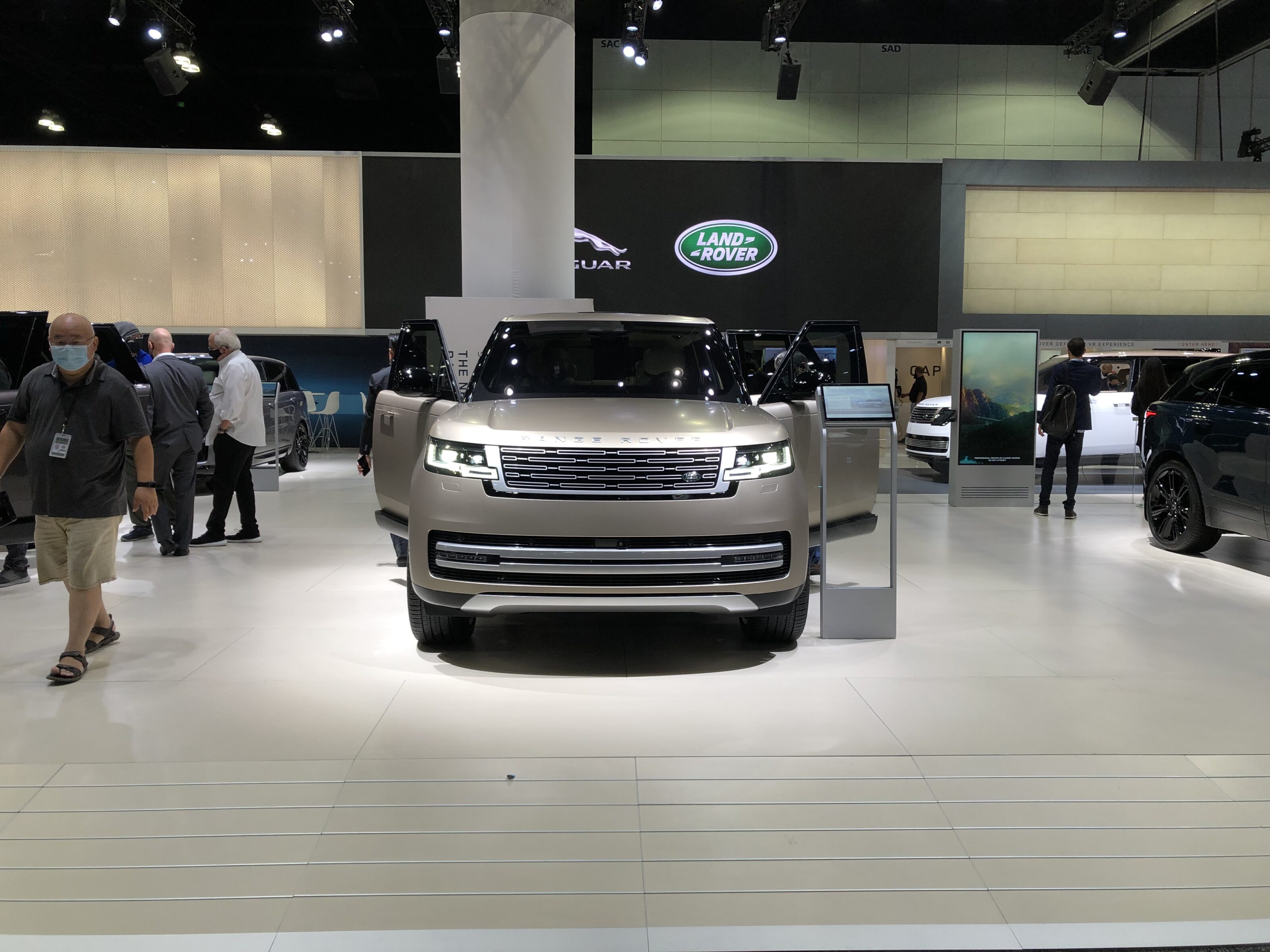
In the last decade, the popularity of the LA show has ebbed and flowed with the whims of the greater automotive industry, but it’s now in a decided valley through no fault of its own. The pandemic has had a disastrous affect on the industry, encouraging some automakers to act cautiously when marketing their vehicles.
Some manufacturers are notably absent – Audi, BMW, Honda, and Mazda, for example – but those in attendance have fully embraced the event, and are demonstrably excited to reveal what they’ve been working on these last two years.
The 2021 Los Angeles Auto Show may very well be the proverbial canary in the coalmine for auto shows. It not only marks a turning point for events like this, but the automotive industry in general. Although there is no shortage of new and interesting petrol-powered vehicles being launched, the tone of this LA show is decidedly electric.
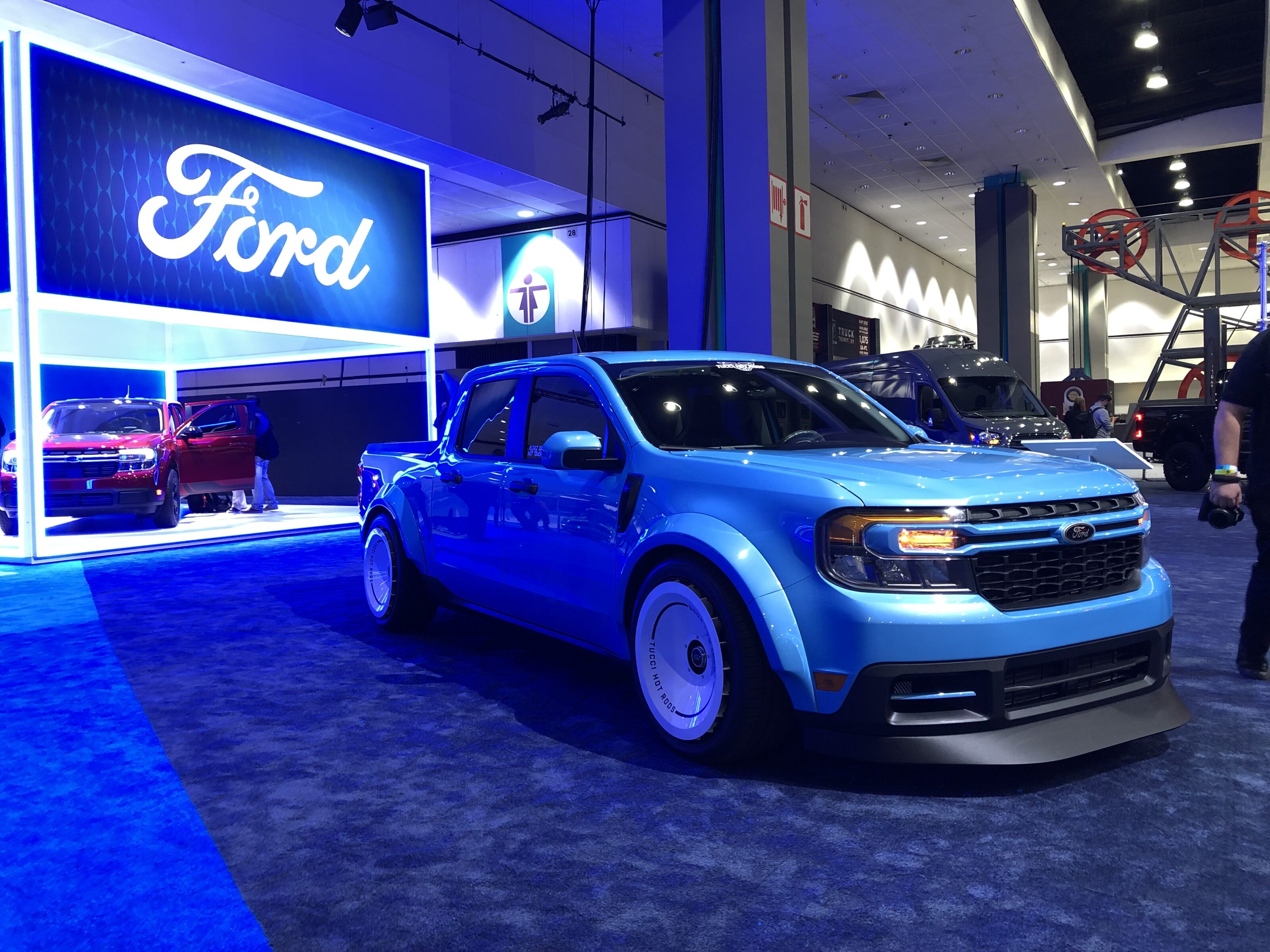
With a handful of manufacturers choosing to reveal new vehicle and concepts, all of them were EVs. Hyundai made a splash with its SEVEN concept, a futuristic perspective on the kind of sport utility electric it envisions. The bold concept is a glimpse into what Hyundai thinks motoring will look like fifteen years down the road.
The SEVEN’s distinctive SUV-like shape is clear, however, Hyundai’s designed a car for Level 4 Autonomy, the sort of vehicle that can be driven – as well as drive you – without any human intervention. Instead of a wheel and pedals that disappear when not in use, the SEVEN is meant to be driven with a joystick.
Yes, a joystick, but Hyundai’s not kidding around. It is actively investigating a joystick-based driving interface for its future vehicles.
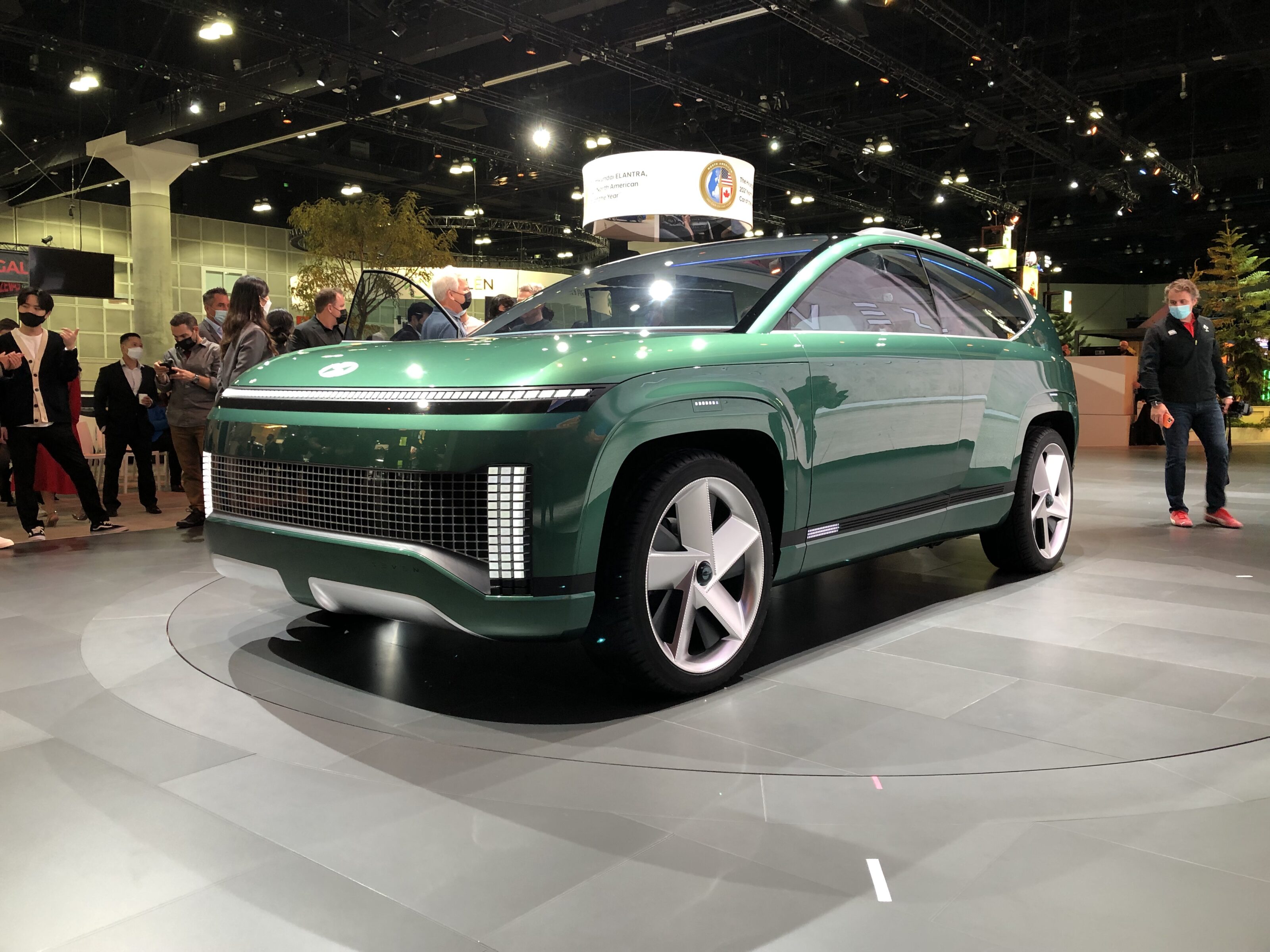
The vehicle’s interior ticks many of today’s buzzwords like sustainable and hygienic, but the design is inspired by a home environment rather than that of a car.
The concept’s cabin is meant to invite people to hang out even when it’s not being used as transportation. Lounge seating, multiple screens, and plenty of touches of home – the SEVEN may, or may not, be the future of the automobile.
Simon Loasby, the SEVEN’s lead designer, made it clear that this sport utility concept won’t make production as presented, but its overall design certainly will.
Loasby said just like the Ioniq Design 45 Concept was a faithful indicator of the Ioniq 5 production EV, this one is also a hint at the future of a Hyundai vehicle. In other words, expect a three row, battery-electric, sport utility that looks broadly like this SEVEN – likely before 2024.
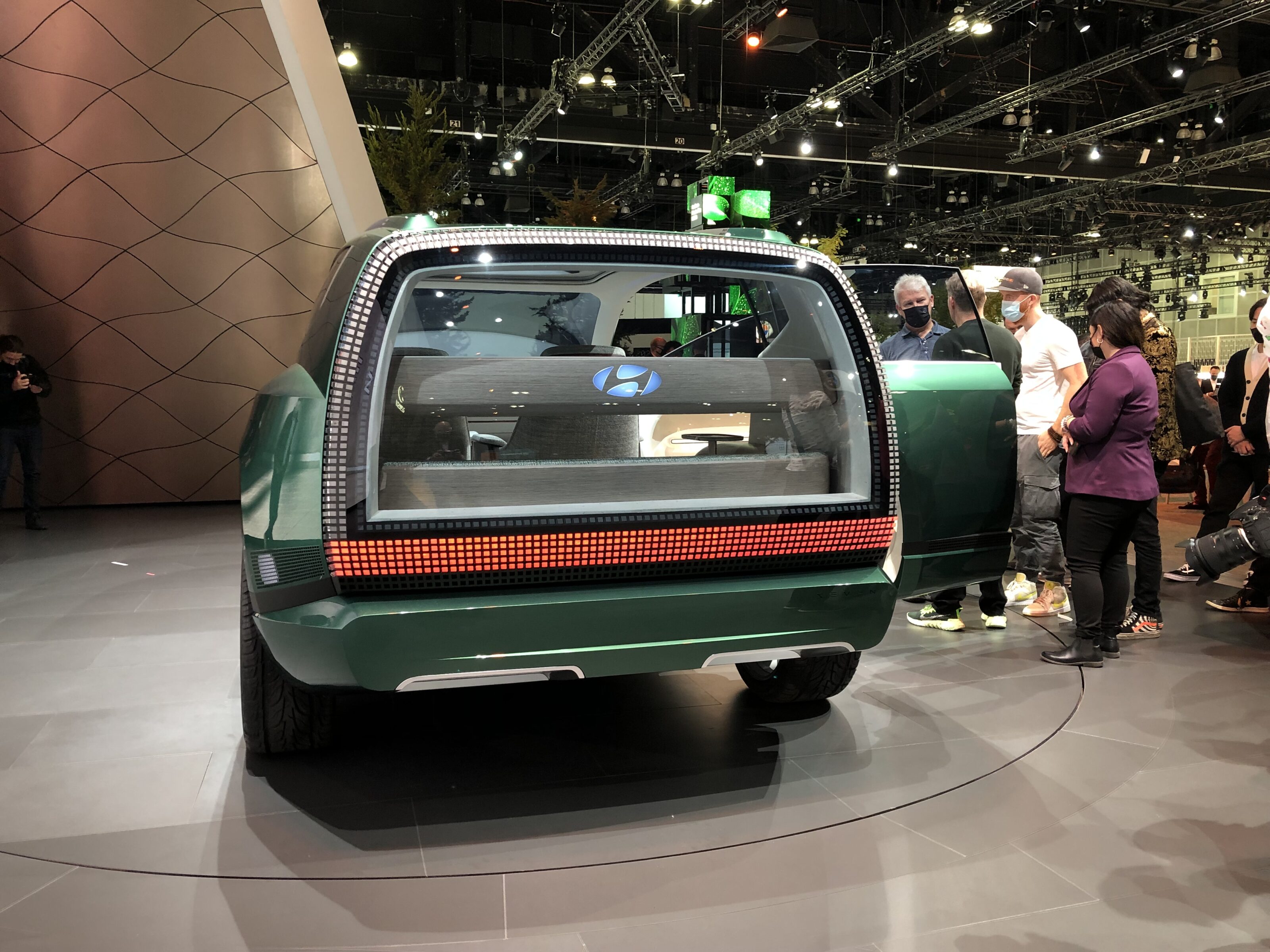
Hyundai’s most exciting new products which made their public debut in Los Angeles were of the internal combustion engine kind – the go-fast Elantra (i30 Sedan) N and Kona N – and were relegated to a quiet corner outside the main salon. As exciting as these new Ns are, they are using the wrong kind of propulsion to be featured front and centre at a car show in 2021.
Other debuts included Kia’s Concept EV9, a more conventional BEV crossover with a steering wheel and pedals, along with Subaru’s production-ready Solterra – which is a badge-engineered version of the Toyota bZ4X electric.
New EV players like Fisker and Vinfast were complemented by a host of obscure e-bikes and trucklets, but more interesting were some tidy and impressive electric Porsche 356 restomods.
Porsche split the difference between old and new school debuts with the launch of what is perhaps its most extreme internal combustion-engined sportscar, along with another variant of the Taycan line. The hotly anticipated Cayman GT4 RS – with its four-litre flat-six, endless aero trickery, and gazillion-dollar magnesium wheels – was the highlight of the booth.
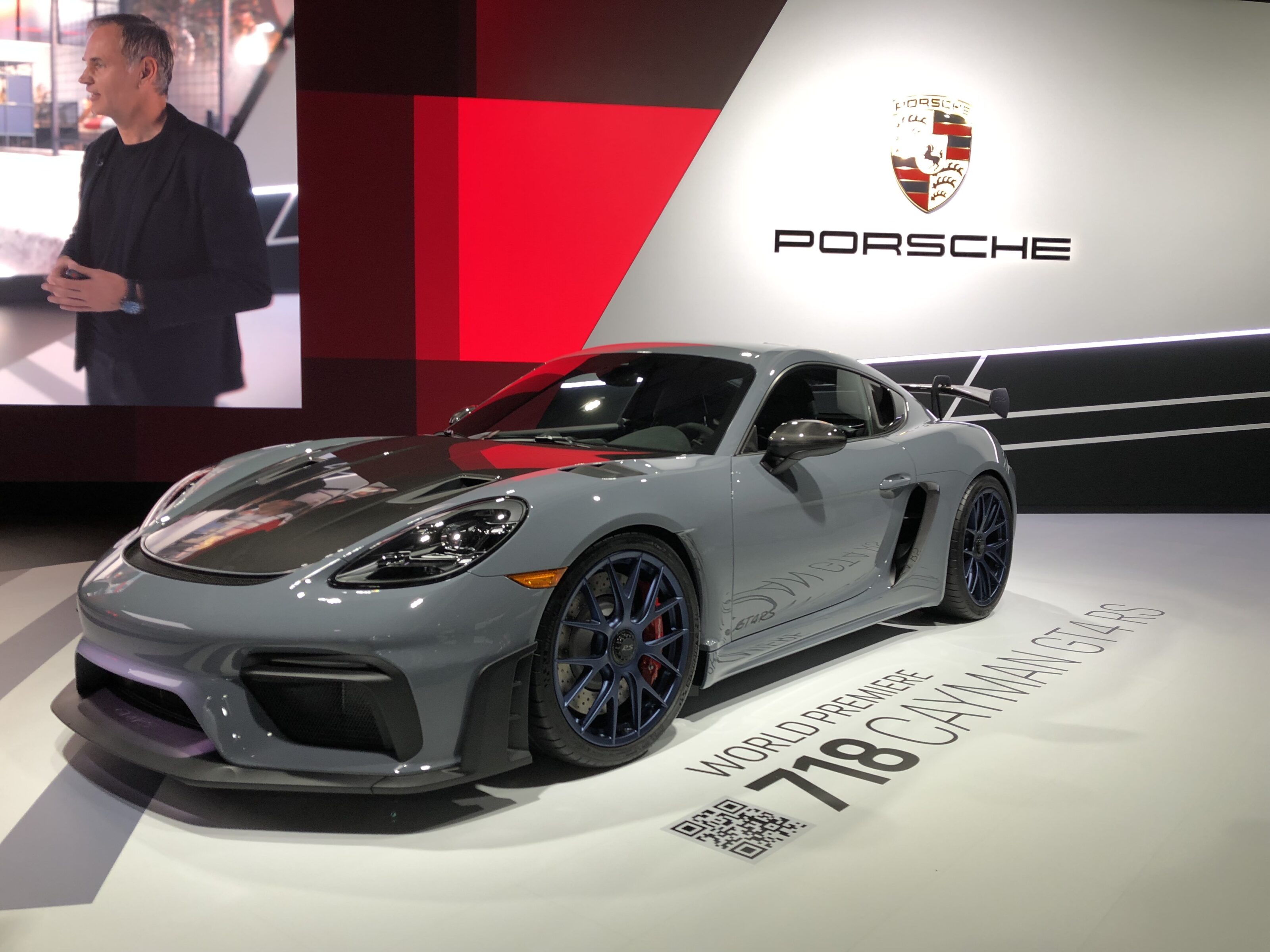
Following Porsche’s product planning pattern, it’s time for a GTS-trim Taycan because it’s now a couple of years into production, so it’s naturally finished in signature Carmine red with black accents. Porsche has simply taken product lessons from its traditional vehicle lines and applied it to EVs.
Still, petrol propulsion isn’t going away any time soon. Chevy prominently displayed two new Corvette Z06s – one basic coupe and one track-spec, Z07-optioned convertible. Land Rover had several next-generation Range Rovers in its booth, primed and ready for their first public auto show debut.
Although it’s headed in the direction of EVs, Nissan had two new Zs on the floor for enthusiasts to enjoy.
Perhaps not a poignant reminder of shows gone by, but this year’s Los Angeles Auto Show was an interesting peek into the industry’s collective crystal ball. While it might not be perfectly lucid, the future unequivocally favours electrics, petrol is here to stay. At least for a little while.
